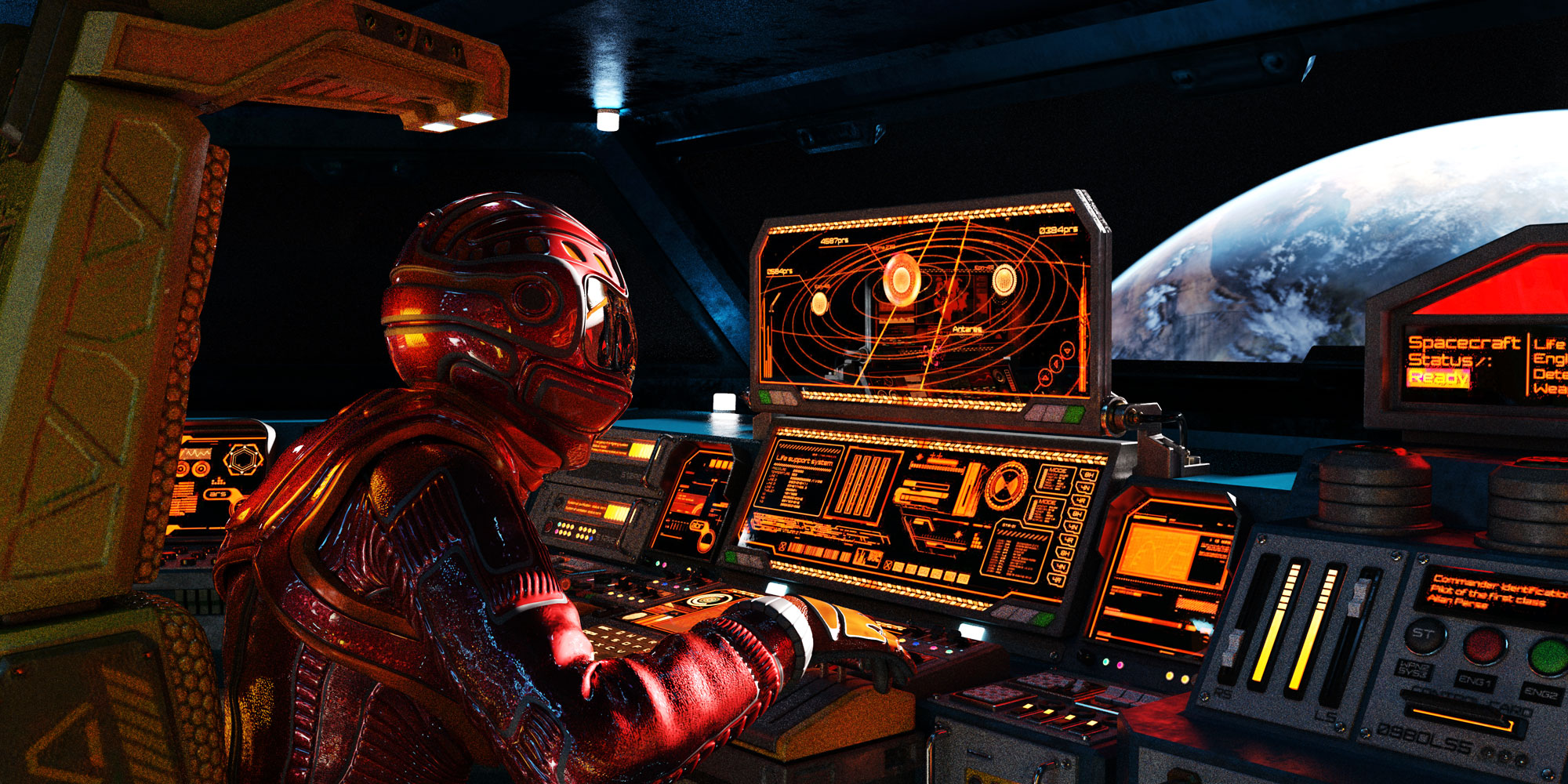
In the 1960’s Gene Roddenberry created Star Trek to bring his vision of hope and harmony for mankind to life. The world of Star Trek was filled with technological advances that helped humans live better lives by eradicating conflict, famine, poverty and disease. A device called a “communicator” would allow two-way long distance communication without the need for wires. Is this the predecessor to our current cellular phone? Then in Season 1, Episode 9 called “Dagger of the Mind,” “disturbed” individuals seated beneath a strobing light would magically evolve from a violent state to a calm and functional state. Does this technology that treats mental illness even have a modern day equivalent? The answer is yes!
TMS an emerging non-invasive brain stimulation technique that uses magnetic fields to stimulate nerve cells in the brain without the need for medications or anesthesia.
Deep Transcranial Magnetic Stimulation or dTMS is a medical device based on magnetic resonance imaging (MRI) technology that is used to treat depression and obsessive compulsive disorder (OCD). dTMS has been demonstrated in clinical studies to be effective and tolerable for patients with depression and OCD who have not successfully responded to other forms of treatment.
With dTMS, an electromagnetic coil placed adjacent to the scalp is used to apply brief magnetic pulses to the brain. The painless magnetic pulses modulate brain network activity in the region of your brain involved in mood regulation, depression, and anxiety. While the exact mechanism of how dTMS is still unclear, it’s thought to normalize activity in different regions of the brain.
The side effects of dTMS are generally mild to moderate and typically decrease over time with additional sessions. They may include:
Serious side effects are rare with dTMS and may include, seizures, mania (particularly in people with bipolar disorder), hearing loss (if there is inadequate ear protection during treatment).
We have provided TMS treatment to patients since February 2018 and the results we have seen with this technology has been impressive. Most of our patients start to notice improvement in their symptoms around the third week of treatment and the most common and significant improvements patients report include:
– A.P.
"TMS helped me so much!"